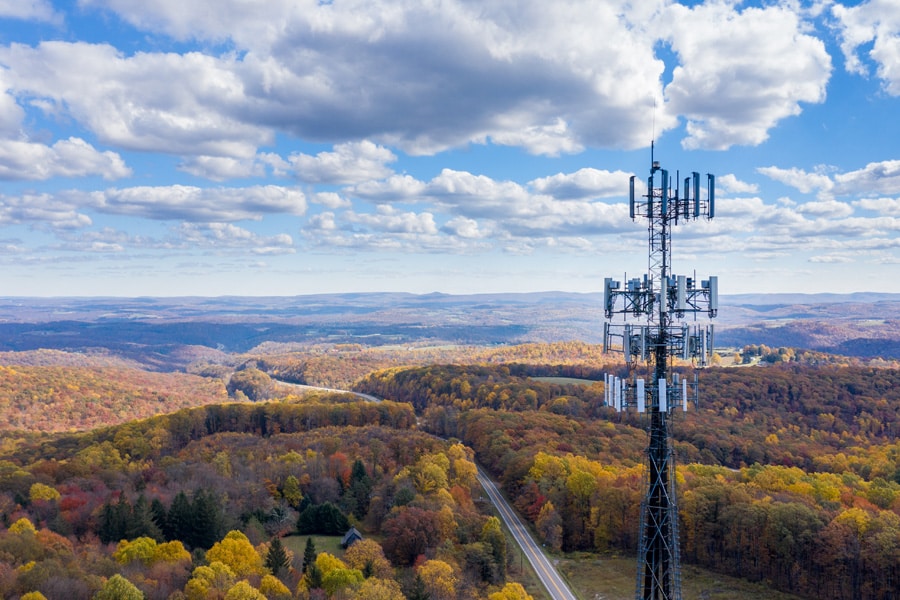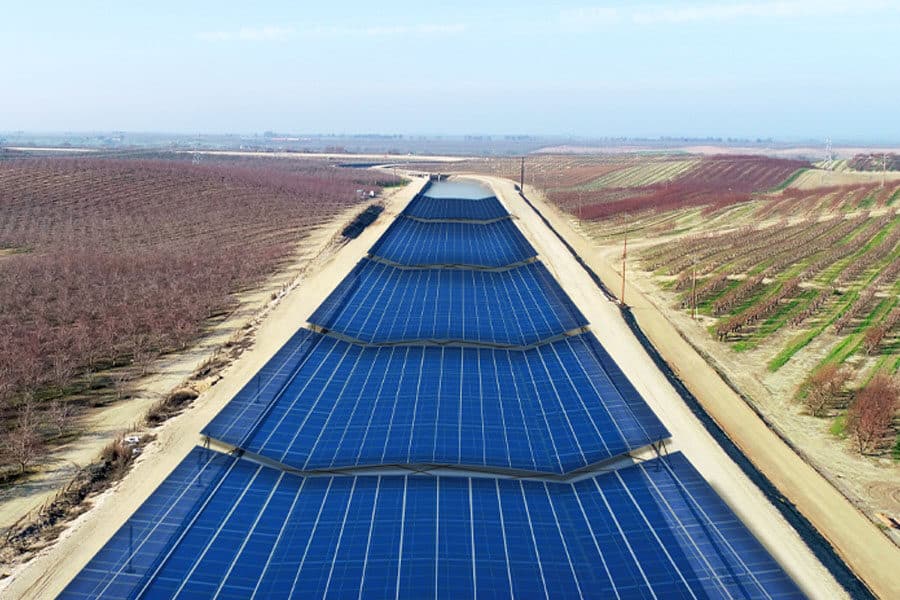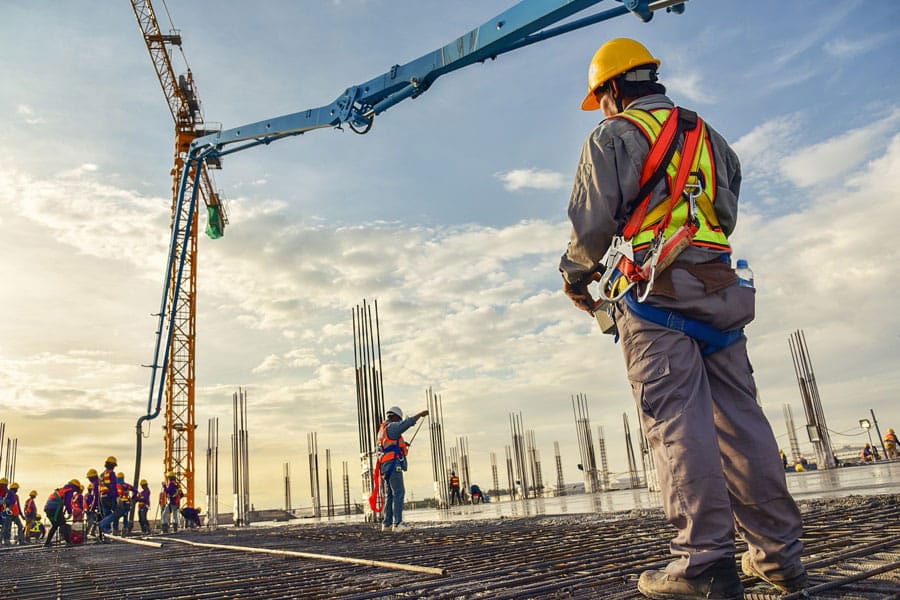California is an economic powerhouse. With the fifth largest economy in the world, the state supplies half of the United States’ agricultural products and produces entertainment, technology and countless innovations to the world. But there’s one resource California doesn’t have in abundance: water.
For centuries, legislators and urban planners have worked on imagining the best ways to bring water from the rainfall-rich northern part of California to the populous southern region, resulting in hundreds of miles of aqueducts traversing the state.
Now, Jordan Harris and the team at the Solar Aquagrid project have come up with the latest innovation in California’s water search: solar panel covering that Harris and team say will reduce wasted water while helping generate thousands of megawatts of clean energy.
California’s aqueduct problem
Harris said the inspiration for the Solar Aqueduct project came to him over the course of many road trips throughout the state.
“Living in California and traveling up and down the state through many years of drought, I would see these open aqueducts,” he said. “I’ve lived a lot of my life in France, where the Romans built canal networks that are tree-lined and shaded with the sun. It just got me thinking about how we can protect our water conveyance system from evaporative losses.”
There are many opportunities for California’s precious water resources to evaporate on their journey through the state. About “75% of our water supply comes from north of Sacramento and 80% of our use is in the south,” Harris said. “So, consequently, we have the largest water conveying system in the world, with over 4,000 miles of canals. Learning that the biggest use of energy in the state of California is moving and treating water, and that the second biggest use of water after agriculture is making electricity, really led to our understanding of this interconnectedness between water and energy.”
Harris said he isn’t the first person to imagine covering California’s canals, but a convergence of some powerful issues made executing the idea possible. “In just seven years’ time—2030—we’re meant to be at 60% renewables in California,” Harris said. “These big issues are in search of old solutions.”
Creating multi-purpose infrastructure
Throughout the process of creating the Solar Aquagrid project, Harris and team were inspired by a similar project in Gujarat, India, that covered just 750 meters of canal, producing one megawatt of energy. This project served as a useful guide for the Solar Aquagrid team as it learned from its successes—as well as the pitfalls to avoid.
“We learned that the solar panels over water were in fact more productive than land-mounted solar,” Harris said. “Solar panels have a thermal threshold where they get too hot; they start losing productivity. So the cooler microclimate of the canals below the panels actually made them more efficient. The second significant benefit is that the biggest maintenance operation issue with canals is aquatic growth and algae. Clearly, if you shade the canals you reduce the amount of growth, reduce cost in terms of chemicals they need to dump in the water, labor for people to clear out pumps and side gates, etc. It was clear that we could use existing infrastructure and make it work harder and serve multiple purposes.”
ALSO ON BUILT:
These co-benefits made it clear that pursuing the idea was worthwhile, while the state’s timeline for getting to full renewables by 2045 made it critical. “The problem with that is there simply isn’t enough land available for all the renewable energy we need to produce,” Harris said. “To me, it became obvious that we need to look at every already disturbed space, every rooftop, every parking lot, and, in this case, 4,000 miles of open canals as well as reservoirs and look at the potential of covering those with panels.”
But how could this goal be achieved without disrupting the critical flow of drinking water to 27 million people in Southern California? Close partnerships with public utilities proved to be essential.
Launching a demonstration project
Once Harris and team had completed preliminary research, “It was clear that we needed to do a demonstration project,” Harris said.
The state of California pitched in and the Solar Aquagrid team partnered with California’s oldest irrigation district in the Central Valley, which covers more than 250 miles of farmland.
“What makes them really unique is they’re one of only a handful of irrigation districts that are also power providers,” Harris said. “This is significant because they would be the off-taker for the power that’s generated by the panels, and they would put it right into their grid via the transmission and distributions, which are parallel to all their canals, eliminating the expense of running transmission lines.”
Where the Indian project had used steel panels, Harris and his colleagues opted for a more flexible, functional and much less expensive tensile cable design. “It’s at least 50% less material, at least 50% less weight and expense, and allows us a lot of flexibility in the form,” Harris said.
Aside from improved function as the cables provide the necessary “solar tilt” for peak panel operation and an ability to follow the contours of the changing California landscape, Harris said the design will be a joy to look at. “I care deeply about the aesthetics, and I think there’s a great opportunity here to build something beautiful, not unlike a Christo going through the landscape.”
As the project is tentatively planned to launch the first stages of construction in 2023, Harris hopes the Solar Aquagrid project can lead the way for a more comprehensive understanding of the possibility—and beauty—of renewables.
“California is the home of innovation, technology, entertainment, agriculture—so many things that we lead the way on,” he said. “All of these things are dependent on water and energy. It would be foolish of us not to invest in this kind of infrastructure we need to protect all of that prosperity in the future.”
















